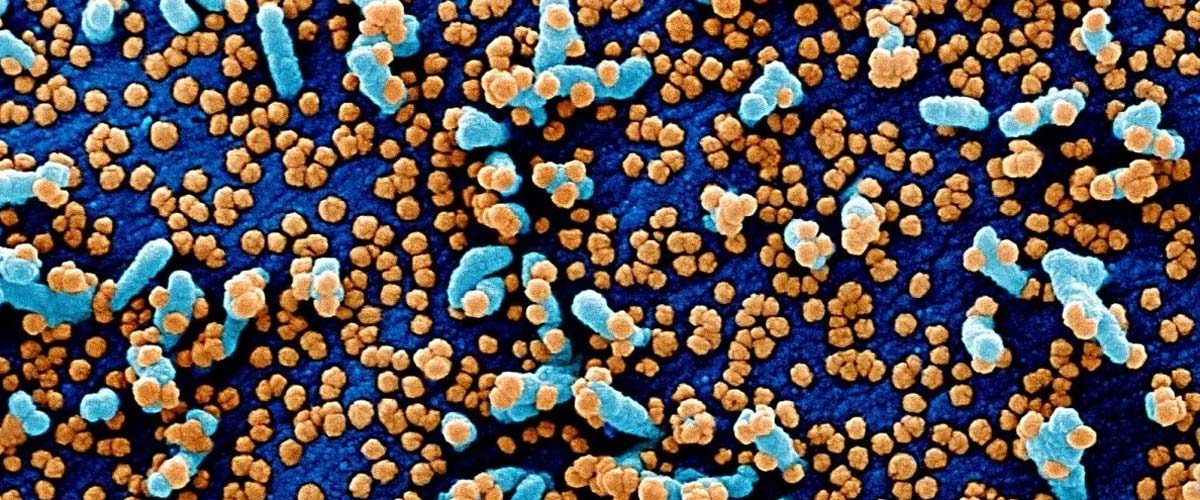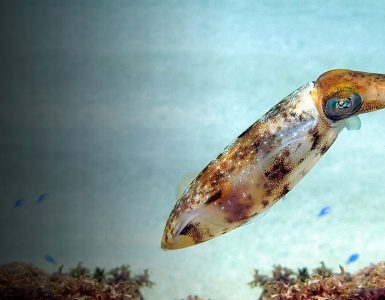SARS-CoV-2, the virus that causes the COVID-19 can enter the human/host cell with the help of its spike protein that binds to the angiotensin-converting enzyme 2 (ACE2) of the host cell. Scientists at Pritzker School of Molecular Engineering (PME) at Chicago have shown that functionalized nanoparticles, or shortly, ‘Nanotraps’ can prevent SARS-CoV-2 infection by inhibits the interaction between spike protein of coronavirus and ACE2 of host cells (human cell lines and primary lung cells). These Nanotraps are liposomal based. This is a novel treatment approach against the COVID-19.
Nanotraps are made up of polymers and phospholipids that are approved by FDA. the nanoparticles are almost 500nm in diameter, making them smaller than the human cell, thus allowing it the ease of entry inside the body, enhancing its virus trapping affinity.
This study has shown that Nanotraps lure the virus by imitating the target cells the virus infects. Once bound, the traps then sequester the virus from the rest of the cells and make it a target for the immune system. Researchers believed that these Nanotraps could be administered through a nasal spray as a treatment for COVID-19. The team of scientists involved has done rigorous testing to prove that these Nanotraps are effective, and it could be a potential new treatment.
One of the challenges was to design an ideal trap for the coronavirus and to solve this problem the researchers first looked into the binding mechanism of SARS-CoV-2, that is; attachment of spike-protein (of virus) to the ACE2 receptor protein (of human). To mimic this binding mechanism, they designed nanoparticles with a high density of ACE2 protein on their surface. They also designed neutralizing antibodies on the surface of nanoparticles. ACE2 proteins and neutralizing antibodies have been separately used against the treatment of COVID-19, but by combining them on a nanoparticle, a more robust system for trapping and removal of coronavirus has been created.
This novel treatment approach by Nanotraps has shown excellent biosafety profiles in vitro and in vivo. The safety system in the mouse model has established no toxicity. Later they created a less potent model of the virus that can’t replicate in human lung cells in the culture plate, known as a pseudo virus.
They tested the Nanotraps against that pseudo-virus and noticed the complete blockage of the entry of the virus into the cells. These particles take 10 minutes to start their function after injection and are cleared from the body within 48 hours by degrading.
The Nanotraps can be easily modulated based on the needs of the new variants of the virus. They can be conveniently stored in the standard freezer and easily administer through an intranasal spray, that places them directly in the respiratory system for effective functioning. These features along with a high safety profile make the scientists hopeful, that it could be the future treatment against COVID-19 and many more viral diseases. Nanotraps formulation can be optimized to create vaccines too.

Keywords:
Nanoparticles, Nanotraps, COVID-19, SARS-CoV-2, antiviral
















Add comment